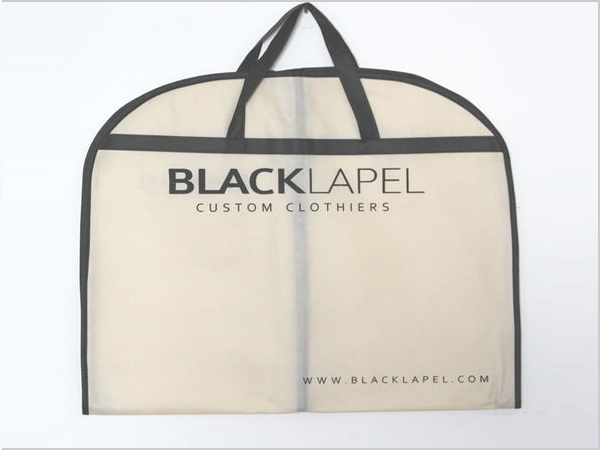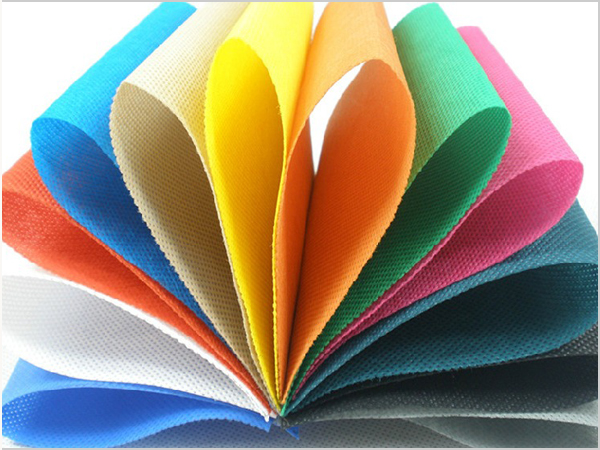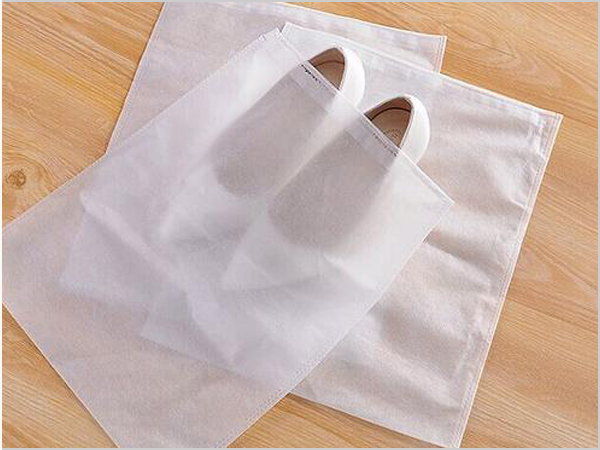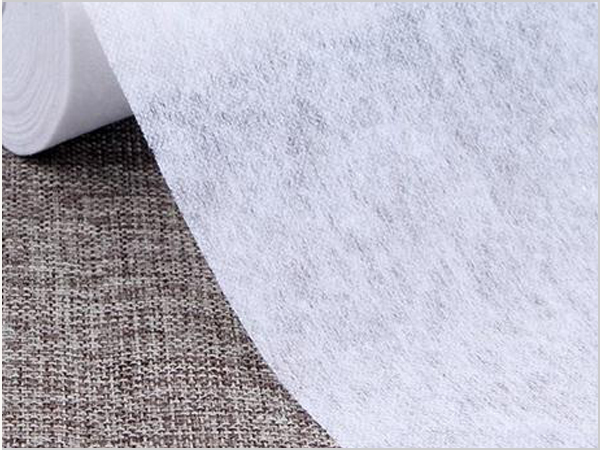- Why can spunbond nonwoven fabric dominate the market?
- Foreign trade exports are moving forward under pressure, with both resilience and challenges coexisting
- Explore the environmental protection characteristics and application fields of PP non-woven fabric
- The rise of the Latin American market is expected to become a new growth pole for China's textile foreign trade
- The production process of spunbond nonwoven fabric determines its unique characteristics!

- Telephone: 0551- 66779966
- Cellphone: 18955130444
- Email: 58792982@qq.com
- Address: Building 1-2, East of Wubu Village Section, Hehuai Road, Wushan Town, Changfeng County, Hefei City, Anhui Province
The production process of spunbond nonwoven fabric is innovative. It directly melts and extrudes polymer chips through a screw extruder, filters and measures them, and then sprays them out from a spinneret to form a fine stream. After cooling, air flow stretching, filament separation and web laying, it is finally reinforced into fabric through hot rolling or self-bonding and other methods. This series of processes is highly integrated and continuous, eliminating the cumbersome spinning and weaving steps in traditional textiles, which greatly enhances production efficiency and reduces production costs. Meanwhile, the flexibility of the process enables it to adjust parameters such as fiber fineness and fabric surface weight according to different demands, meeting the diverse product specification requirements.
In terms of performance, spunbond nonwoven fabric has significant advantages. It has excellent mechanical properties, with high strength and toughness. Whether stretched laterally or longitudinally, it can maintain good stability and is not prone to breakage or deformation. This feature enables it to withstand considerable external forces when being made into packaging materials, effectively protecting the items inside. In addition, spunbond nonwoven fabric also has excellent air permeability and water resistance. Its unique fiber structure allows air to circulate freely while blocking water penetration. It plays a key role in fields such as medical protective clothing and outdoor tents, providing users with comfortable and safe protection.
From the perspective of application fields, the application scope of spunbond nonwoven fabric is extremely wide. In the medical and health industry, it is an important material for making surgical gowns, masks, bed sheets and other supplies, ensuring the safety and hygiene of the medical process. In the agricultural sector, spunbond nonwoven fabric can be used as an agricultural covering material to regulate soil temperature and humidity and promote crop growth. In civil engineering, it can also transform into geotextile and be used in road construction, embankment protection and other projects, enhancing soil stability and preventing soil erosion. With the continuous advancement of technology, spunbond nonwoven fabrics will also demonstrate their unique value in more emerging fields.
Anhui Xiangshuo Nonwoven Technology Co., Ltd. is located in Wushan Town, Changfeng County, Hefei City, Anhui Province, near Jiangsu, Zhejiang and Shanghai, with convenient transportation and an area of 42 acres. The company was established in July 2019 with a registered capital of 10 million yuan. Committed to the development and production of environmentally friendly nonwoven consumables, it is an emerging production-oriented enterprise with complete equipment and strong technical force, and was rated as a key investment attraction enterprise in Hefei Xinqiao Industrial Zone. The company currently has production lines for PP nonwoven fabrics and polypropylene spunbond nonwoven fabrics, with a width of 1.8 meters to 3.2 meters and a grammage of 9 to 250 g / m. The product has the characteristics of flame-retardant, anti-aging, anti-static, acid and alkali resistance, non-toxic, non-pollution, degradable and other environmentally friendly products. The main scope of our company's experience: R & D, production and sales of non-woven fabrics, non-woven products, and new materials for non-woven fabrics; manufacturing and sales of chemical fiber equipment and non-woven fabric equipment; R & D, production and sales of plastic masterbatch functional master batches; R & D, production and sales of supplies; R & D, production and sales of PE woven tarpaulins, furniture covers, plastic nets, trash cans, and plastic houses.
- Why can spunbond nonwoven fabric dominate the market?
- Foreign trade exports are moving forward under pressure, with both resilience and challeng
- Explore the environmental protection characteristics and application fields of PP non-wove
- The rise of the Latin American market is expected to become a new growth pole for China's
- The production process of spunbond nonwoven fabric determines its unique characteristics!
- The global trade landscape is undergoing significant changes in 2025
- The 11th China International Silk Conference was held in Shengze
- What are the core advantages of spunbond nonwoven fabric?
- What are the magical aspects of the manufacturing process of spunbond nonwoven fabric?
- The textile industry is enjoying dual policy benefits



